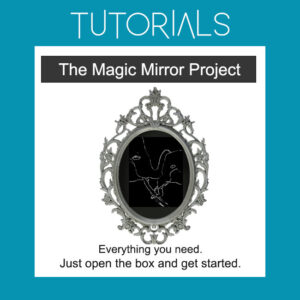Art Kit Tutorials
The tutorials on this page are available are provided in coordination with our art kits. Please keep in mind that there are many techniques and variations, and we encourage you to experiment and have fun! If you have any questions or ideas, feel free to contact us.
